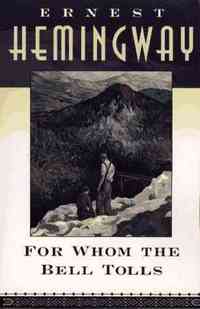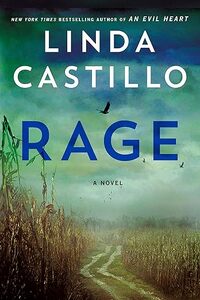

Purchase
Scribner
July 1995
On Sale: July 1, 1995
480 pages
ISBN: 0684803356
EAN: 9780684803357
Trade Size
Add to Wish List
Literature and Fiction Classics
In 1937 Ernest Hemingway traveled to Spain to cover the
civil war there for the North American Newspaper Alliance.
Three years later he completed the greatest novel to emerge
from "the good fight," For Whom the Bell Tolls. The
story of Robert Jordan, a young American in the
International Brigades attached to an antifascist guerilla
unit in the mountains of Spain, it tells of loyalty and
courage, love and defeat, and the tragic death of an ideal.
In his portrayal of Jordan's love for the beautiful Maria
and his superb account of El Sordo's last stand, in his
brilliant travesty of La Pasionaria and his unwillingness to
believe in blind faith, Hemingway surpasses his achievement
in The Sun Also Rises and A Farewell to Arms
to create a work at once rare and beautiful, strong and
brutal, compassionate, moving, and wise. "If the function of
a writer is to reveal reality," Maxwell Perkins wrote
Hemingway after reading the manuscript, "no one ever so
completely performed it." Greater in power, broader in
scope, and more intensely emotional than any of the author's
previous works, it stands as one of the best war novels of
all time.
Comments
No comments posted.
Registered users may leave comments.
Log in or register now!
| 


 © 2003-2025 off-the-edge.net
all rights reserved Privacy Policy
© 2003-2025 off-the-edge.net
all rights reserved Privacy Policy